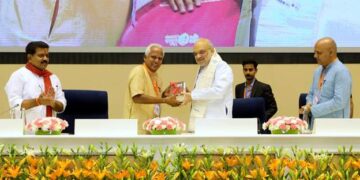
Traami, a quintessential Kashmiri way of serving Wazwan, has been a staple at special occasions and gatherings for centuries. This beloved dish is a reflection of Kashmiri traditions and values, and its preparation is often a labor of love. However, a recent trend has sparked a heated debate among food enthusiasts: the addition of edible gold to Traami.
While some view gold in Traami as a status symbol, others argue that it’s a significant burden that undermines the dish’s true essence. The cultural significance of Traami lies in its simplicity, authenticity, and the love and care that goes into preparing it. The essence of Traami is rooted in its traditional cooking methods and ingredients, which have been passed down through generations.
The financial strain of incorporating gold into Traami is a significant concern for many families. The cost of edible gold is prohibitively expensive, making it challenging for many families to afford. Moreover, the impact of gold on Traami is not just financial; it’s also cultural. By incorporating gold into the dish, are we losing sight of its true essence?
As Kashmiri cuisine evolves, it’s essential to preserve traditional cooking methods and ingredients. By focusing on the essence of Traami, families can create meaningful and satisfying culinary experiences that honor their heritage. Let’s celebrate the simplicity and authenticity of Traami, rather than trying to elevate it with luxury ingredients.
In conclusion, gold in Traami is indeed a burden that undermines the dish’s true essence. By keeping Traami simple and authentic, we can preserve its cultural significance and ensure that it continues to be a beloved dish for generations to come. Let’s reject the luxury of gold and focus on the love and care that goes into preparing Traami, for it’s in this simplicity that we find the true essence of the dish.
The author is working as teacher in the department of education and can be mailed at darsaimahamid@gmail.com




